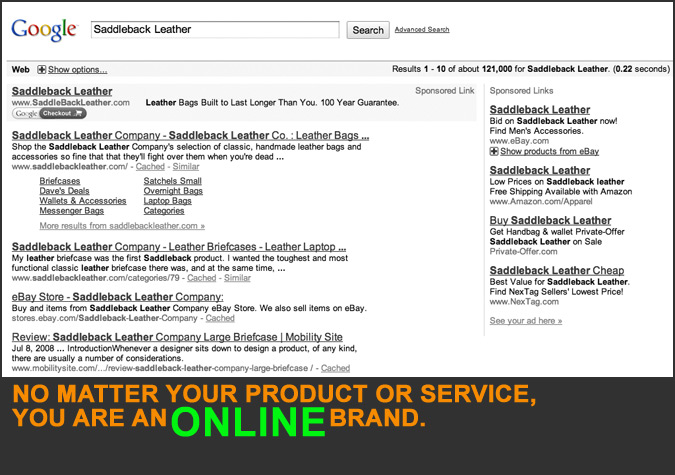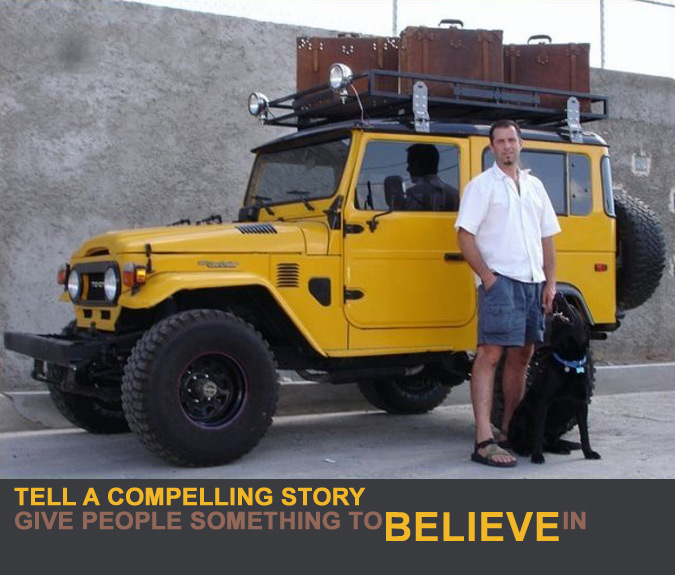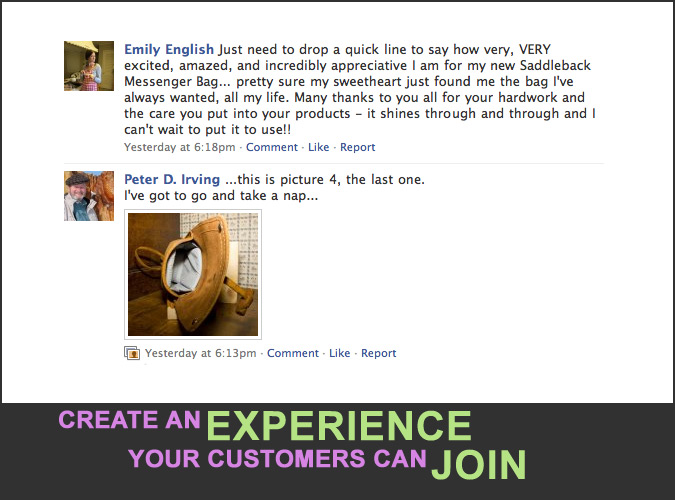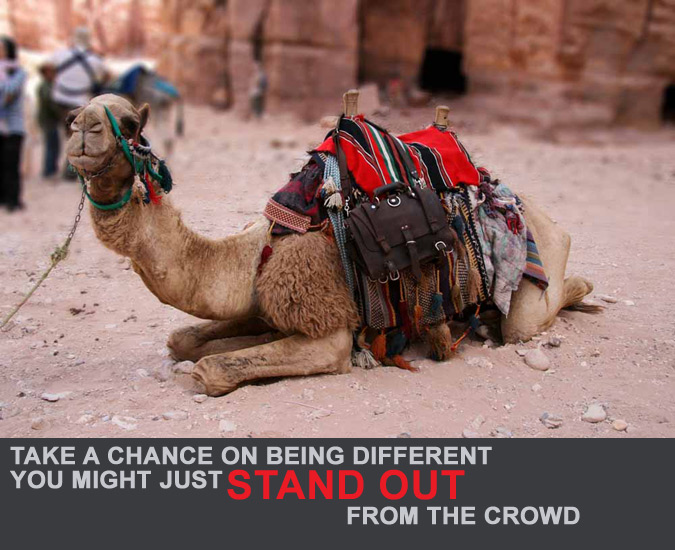How does a small company that makes leather bags create online buzz about their product leveraging free social media tools? Today, we are going to take an in-depth look at Saddleback Leather.
Now, for the most part, this encapsulates their online presence:
But that doesn’t really tell the story how the web & social media has effected their business. These experiences tell the story better:
- 3,028 Fans on Facebook who have uploaded 350 photos of themselves with Saddleback Leather’s bags.
- Chris Brogan reviews a Saddleback bag, as did others on YouTube. Considering he has a successful speaking career and more than 100,000 followers on Twitter, sending him or others a bag or two for review is not a bad investment. It’s clear that Saddleback sent some of these out as review samples, but I am not positive which online reviewers purchased bags vs receiving free samples. His video review alone has been viewed more than 3,000 times, and others have been view about the same amount. Imagine thousands of people watching reviews of your products or services on a site you don’t own or maintain.
- Jason Fried ordered a bag and told people how impressed he is with it. Jason is well known, with 23,000+ followers on Twitter reading his messages.
- Elsewhere on the web, there are some very detailed online reviews (some with affiliate links) that receive more than 40 comments from readers. Here is another.
- People are talking about Saddleback Leather in forums, questioning their claims of quality and looking for advice from those who have experience with their products.
I had the chance to speak with Saddleback Leather’s founder Dave Munson who shared details on how his business formed and his learning curve in online media. Below are some lessons that I think many businesses can take away from Saddleback Leather’s experiences.

As others before me (here and here) have pointed out, Saddleback’s website is masterful in its use of storytelling to explain their brand, the quality of their products, and its benefits for the customer.
Their website shares details about Dave’s colorful life, his passions, his odd experiences, and focuses on his family and beloved (but departed) dog Blue. Check out their “Our Story” page for an example of Dave’s storytelling skills. This is clearly not Samsonite.

What does the Saddleback brand represent? After studying it, I would say two things:
The message of quality is so overt on their website that he shares links to his competitors, daring you to compare. In terms of identity, again and again, Dave mentioned how his customers tell him how their bag got them noticed, and provided something of an identity. As you browse SaddlebackLeather.com or the many offshoots of it elsewhere on the web, you see the same messages repeated over and over in different ways.
One of the many identities Saddleback tries to convey is adventure. And this is evident in the many photos they post and that their customers share.

Dave’s business evolved slowly, selling his first bags on eBay in 2003, forming the business in 2004, naming it & launching the website in 2005, and getting a working ecommerce system on the site in 2006.
At each step, Dave mentions friends or friends of friends who helped along the way and became a part of the Saddleback family. Business advisors, marketing advisors, website developers, all were found through people he knew, and each are still a part of his business.
Outside of the company’s doors, it is clear that word of mouth marketing is what Saddleback is all about. As Dave said:
“If people are happy, they talk about it. Now people talk online.”
To help fan the flames, Saddleback has photo contests, gives away bags, and encourages feedback. These outlets also allow people to be involved with the brand, before they shell out $500 on a bag.

Dave says he does not want Saddleback to become a huge brand. He doesn’t want the bags in big retail chains, and limits his paid advertising to banner ads on niche sites, Google adwords, and potentially ads in niche magazines. Saddleback is targeted to a very specific audience, and Dave is okay if that is polarizing.
He says that mainstream is not the goal. One indication of this is Saddleback’s tagline:
“They’ll fight over it when you’re dead.”
An experienced marketing advisor told Dave to avoid using the word ‘death’ in a tagline, advice that Dave ignored. Following all the old rules may be ‘safe,’ but exposes a brand to mediocrity. As Dave said:
“People are tired of Fake. They want real.”








